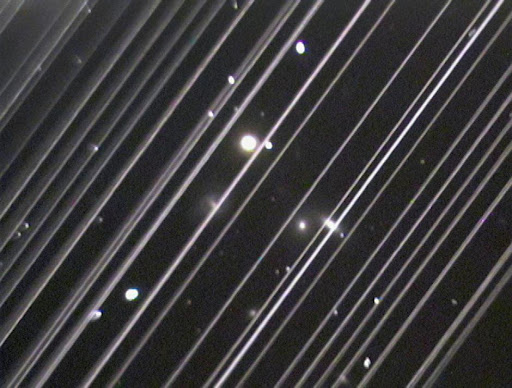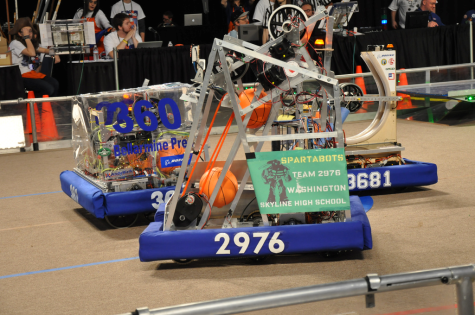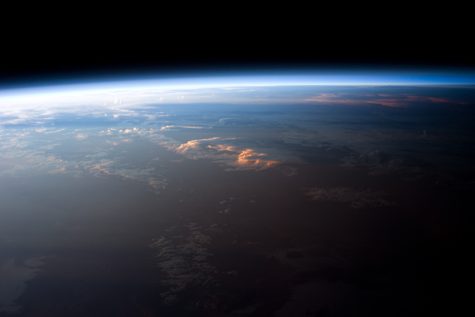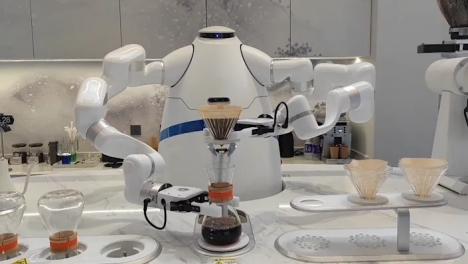SpaceX Starlink Satellites Threaten Astronomical Observations

March 25, 2022
Imagine traveling thousands of miles to the darkest places on earth. You see the stars shine clearly in the night sky – one of the last things untouched by humanity. However, even this will succumb to humanity as many satellite companies start launching satellites ever closer to earth, in the promise of better connectivity.
With about 2,000 satellites launched and about 145,000 users, Starlink, operated by the aerospace company SpaceX, promises high-speed, low-latency broadband internet across the globe. However, astronomers have raised concerns that the satellites might hinder astronomical observations.
This has not been the first time that astronomers have warned about the potential doom that Starlink satellites could bring. In fact, astronomers have been worried ever since the first batch of 60 satellites were seen about 20 hours after launch.
“If it was just one point in the sky, it wouldn’t be too bad. You could just ignore the bit around that point, but because it’s a big line going through your image, it really gets in the way.” Theoretical cosmologist Phil Bull of Queen Mary University of London said.
While the satellites have not yet hindered any astronomy research so far, Starlink is poised to launch many more satellites. This year, the Federal Communications Commission (FCC) has authorized SpaceX to fly 12,000 satellites.
“I just think that it’s a numbers game that astronomy probably cannot win.” Astronomer and director of public policy at the international dark sky association John Barentine says.
However, SpaceX has taken steps to limit the effect of their satellites on astronomical observations. Last year, SpaceX launched a prototype satellite called DarkSat, and ground-based observations have found it to be half as bright as a standard Starlink satellite, which is a good improvement, but astronomers think it is not enough.
Dr. Horiuchi of the Ishigakijima Astronomical Observatory highlighted the fact that while DarkSat is just past the lower limit of brightness at which the naked eye can pick up objects from the sky, it is still far brighter than many astronomical targets.
“DarkSat is a magnitude of 7, but a typical quasar is a magnitude 18.” Dr. Horiuchi says.
In addition, Starlink satellites have had several close calls with satellites, threatening destructive collisions that create debris that could pose additional risks to other satellites and wreak havoc for a tightly interconnected world. According to Hugh Lewis, the head of the aeronautics research group at the University of Southampton, UK, Starlink satellites alone are involved in about 1,600 close encounters between two spacecraft every week, which adds up to about 50% of all close encounters.
Once damaged, the satellites could take days to burn up in the atmosphere and could wreak havoc during the meantime. SpaceX says that up to 40 satellites were destroyed in a recent solar storm but claims that the deorbiting satellites pose no risk to other satellites and by design, demise upon atmospheric reentry.
Overall, the question of whether Starlink satellites should be launched is a tradeoff between universal internet access and astronomical science observations, but many astronomers firmly stand against the Starlink constellation.
“The fact that one person, or one company, can take control and completely transform humans’ experience of the night sky, and not just humans, but every organism on earth … that seems profoundly wrong,” says University of Texas Austin Astronomer Caitlin Casey.











